Brutalist book club: colossal compendiums of concrete architecture
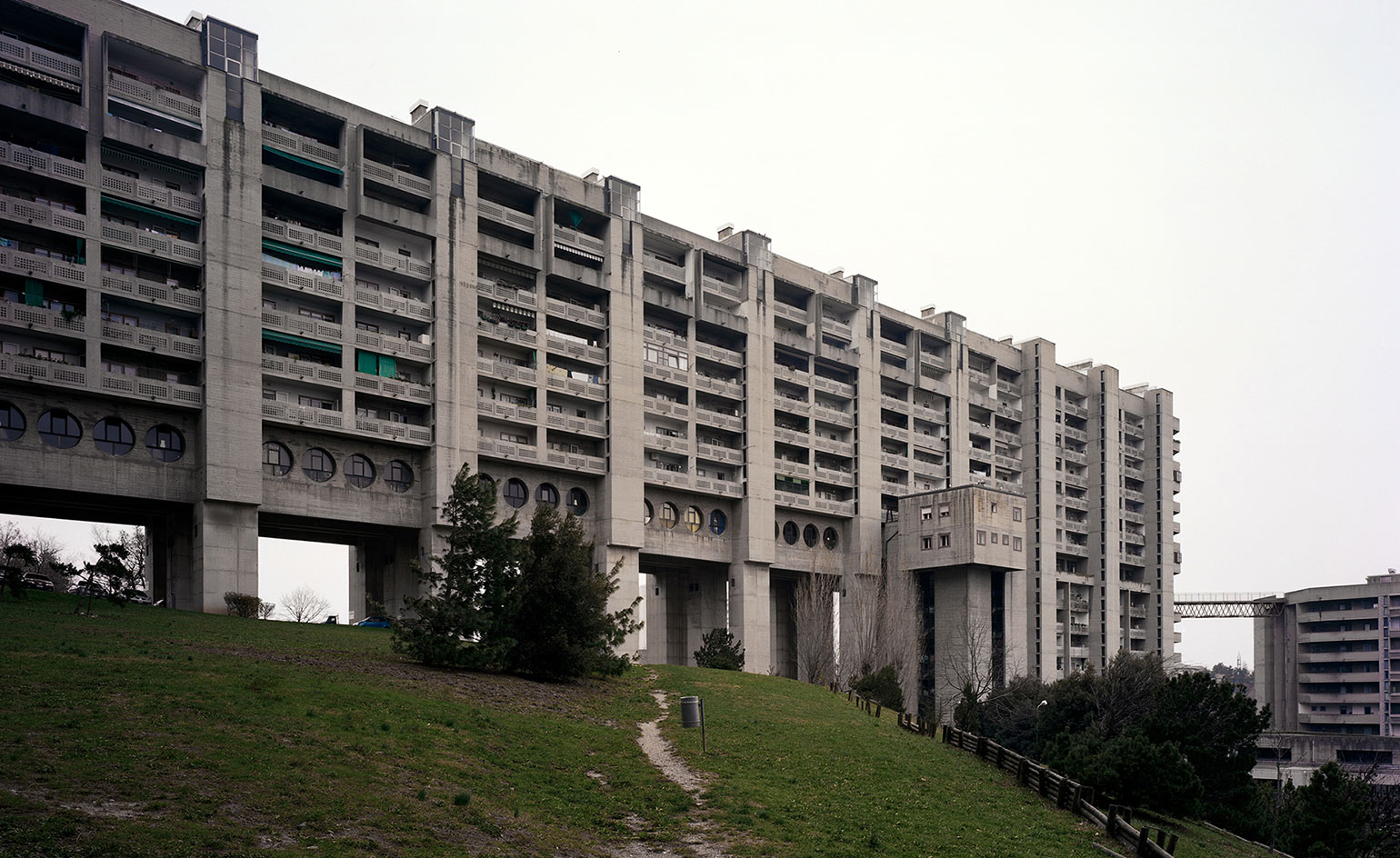
Hefty monographs about concrete were everywhere in 2017. Once a marginalised and maligned genre, brutalism has burst back onto the design scene, cited as inspiration by a new generation seduced by the authenticity and heroic ambitions of this impressive architecture.
Yet as well as being fetishised for its rough and ready qualities, there’s also a growing desire to preserve the best examples of concrete architecture in the face of widespread indifference and downright hostility.
The end of 2017 saw three big books tackling different aspects of buildings built of concrete. Photographer Simon Phipps’ Finding Brutalism is perhaps the most straightforward.
Phipps presents a less glamorous take on British concrete architecture, unafraid to portray this architecture rather less than glamorous by lingering over the stains, streaks and brooding massing that – depending on your point of view – make concrete architecture either boldly authentic or bleakly awful. Close cropping and framing also reduces these buildings to a series of abstract forms, removing their scale, monumentality and occasional oppressiveness.
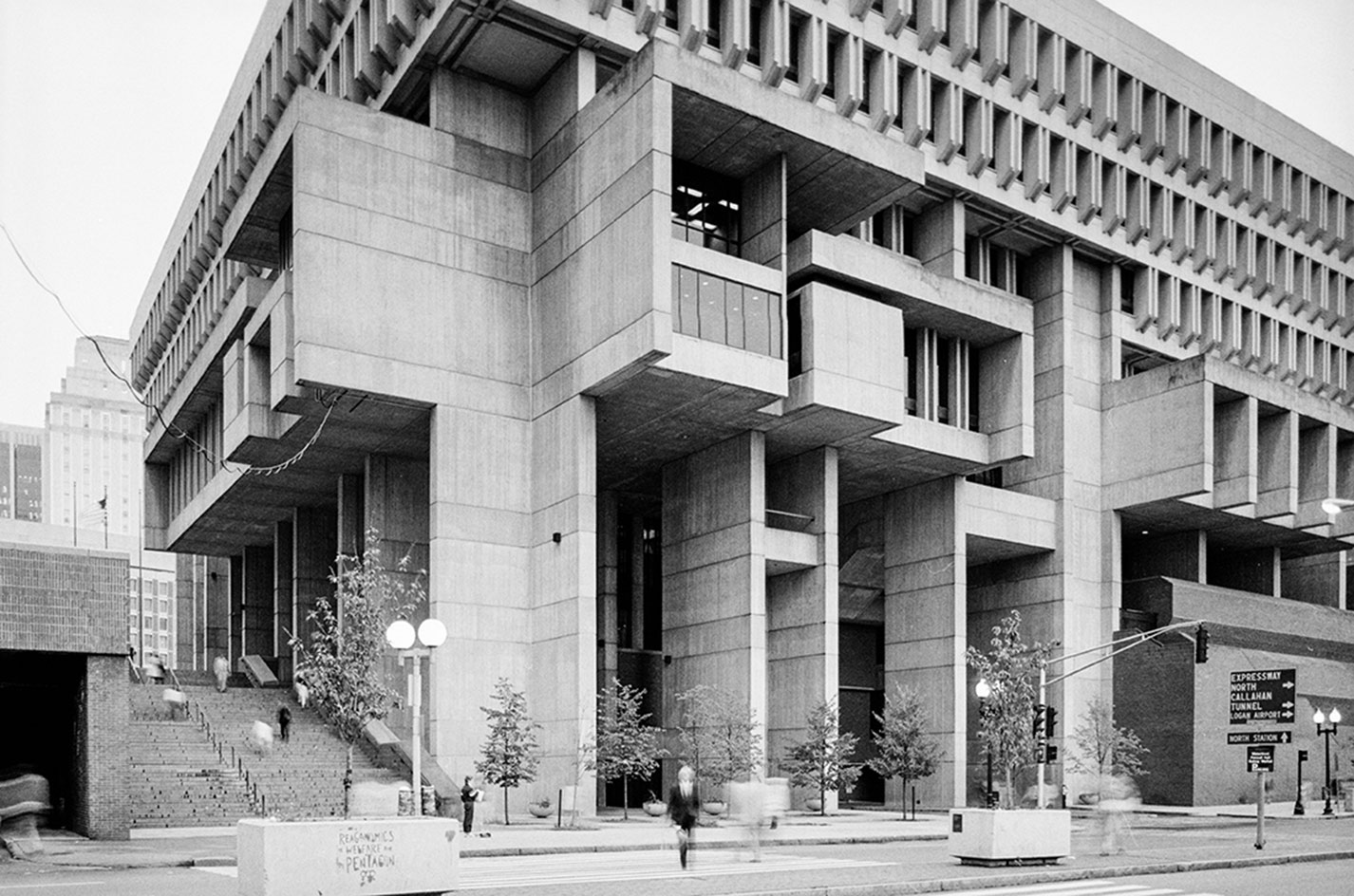
Boston City Hall was completed in 1968
From rich imagery we move on to incisive analysis, courtesy of another book for the brutalist bookshelf. Simon Henley’s Redefining Brutalism seeks the bits of brutalist architecture that are still relevant in order to reclaim them for contemporary practice.
As an award-winning architect at London practice Henley Halebrown, he knows a thing or about a materials-led approach but most importantly of all, Henley’s brutalism isn’t fixated on raw, board-marked concrete, but on the social idealism that underpinned so many of these buildings. The best brutalist buildings were an aesthetic and programmatic response to a more egalitarian society, free from the hierarchies of traditional architectural design. Now, more than ever, we need this kind of approach.
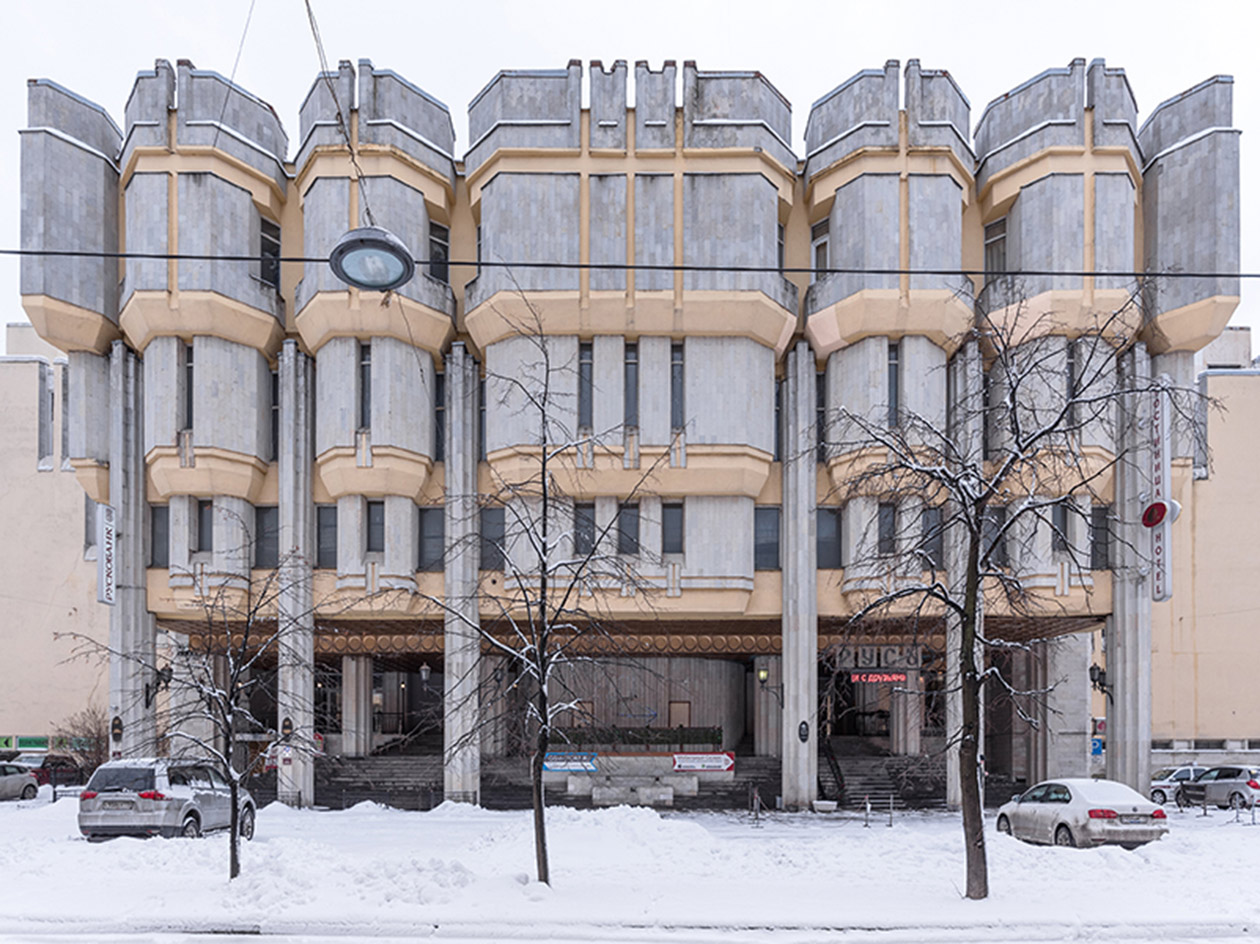
Hotel Rus, St Petersberg, built between 1980 and 1988
Finally, we have SOS Brutalism, a monumental survey of the more esoteric expressions of concrete architecture around the world, with a special focus on those that are threatened by alteration or demolition.
This impressive book, which grew out of a collaboration between the Deutsches Architekturmuseum and Wüstenrot Foundation and was edited by Oliver Elser, Philip Kurz, Peter Cachola Schmal, is a treasure trove of unsung buildings and oddities, including works in Russia, the Middle East and Asia. Covering the period between 1950 and 1970, it uses new photography and archive imagery to rally for preservation and recognition, making it a must for lovers of architecture’s more far-flung fringes. Lovers of raw surfaces, bold forms and naked concrete are spoilt for choice.
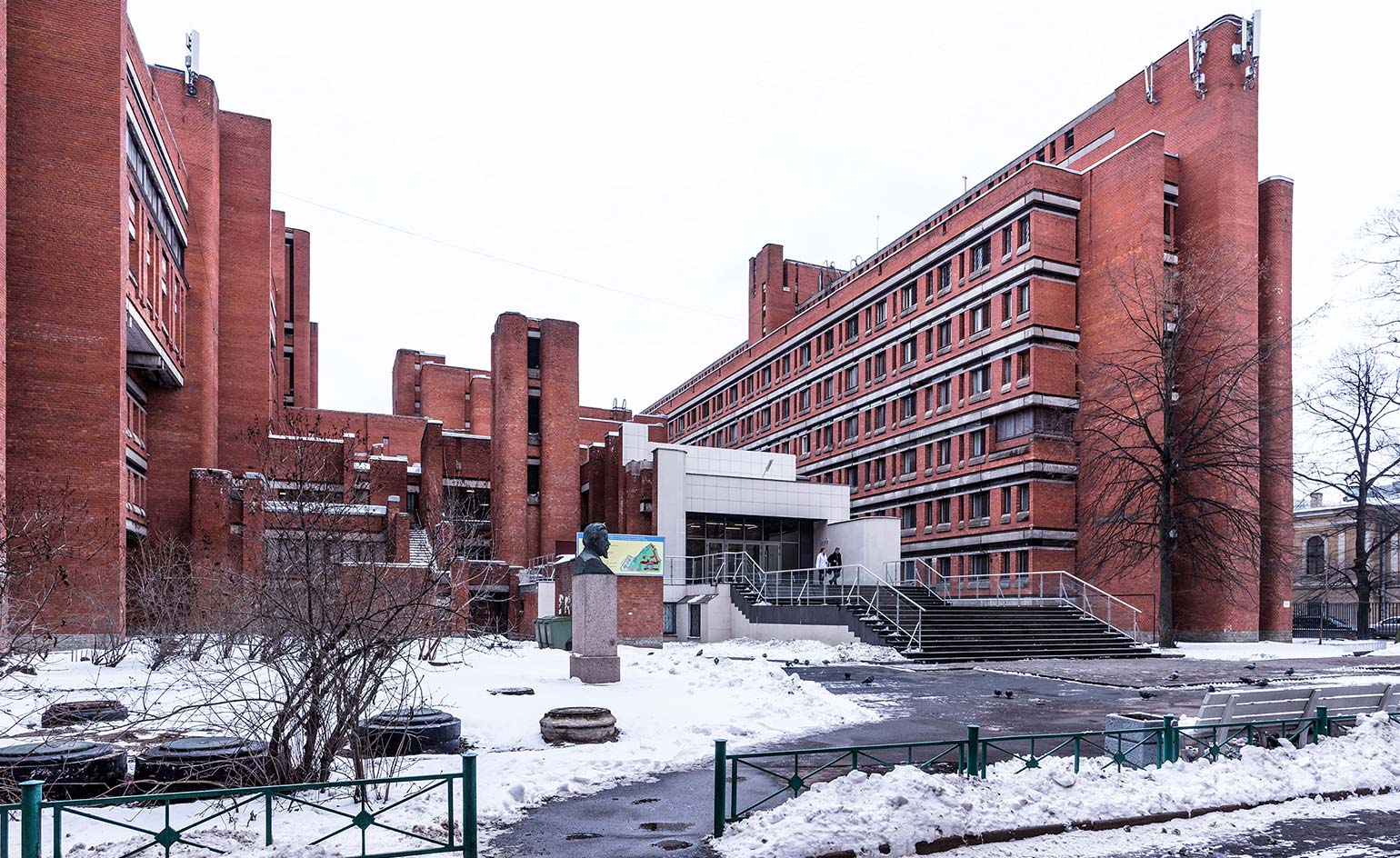
The imposing and austere Leningrad Electrotechnical Institute in St Petersberg
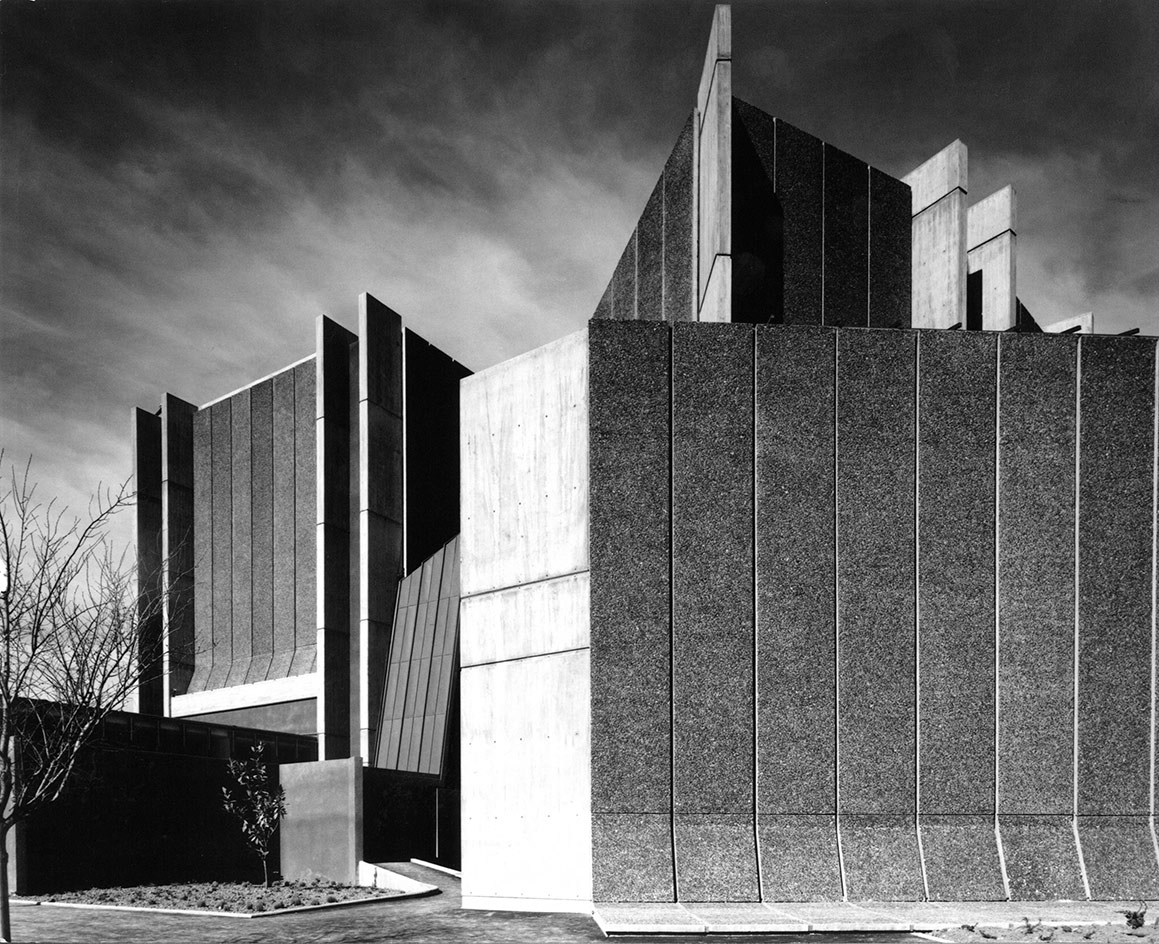
Completed in 1972, the Christchurch Townhall comprises a 2600-seat main auditorium, the 1000-seat James Hay Theatre, a stage box, two conference rooms, a riverside restaurant and pre-function foyer area. When it opened, it began a new era for modern civic architecture in New Zealand
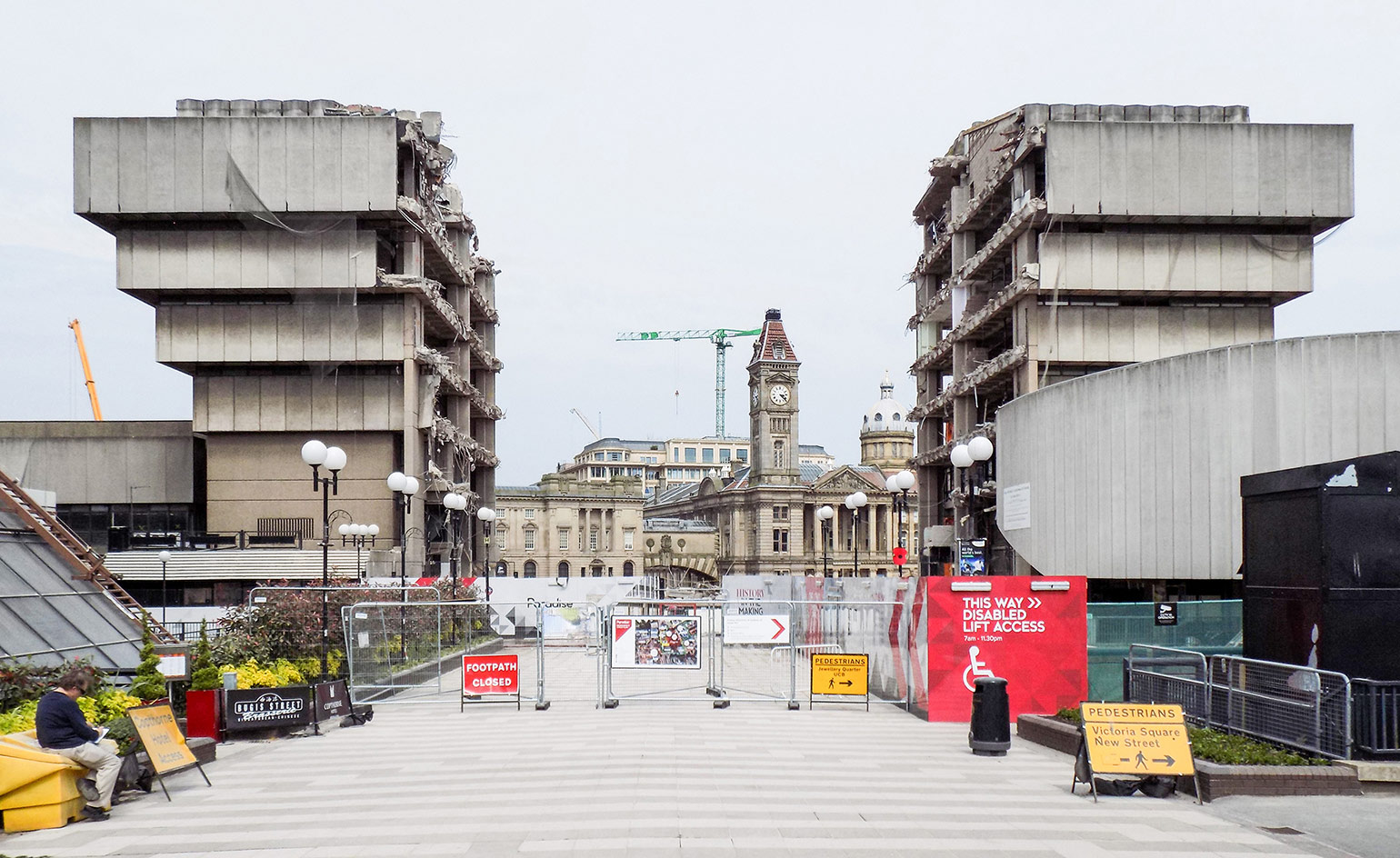
The Birmingham Central Library, which stood between 1974 and 2016 – the building failed to get listed status in the UK
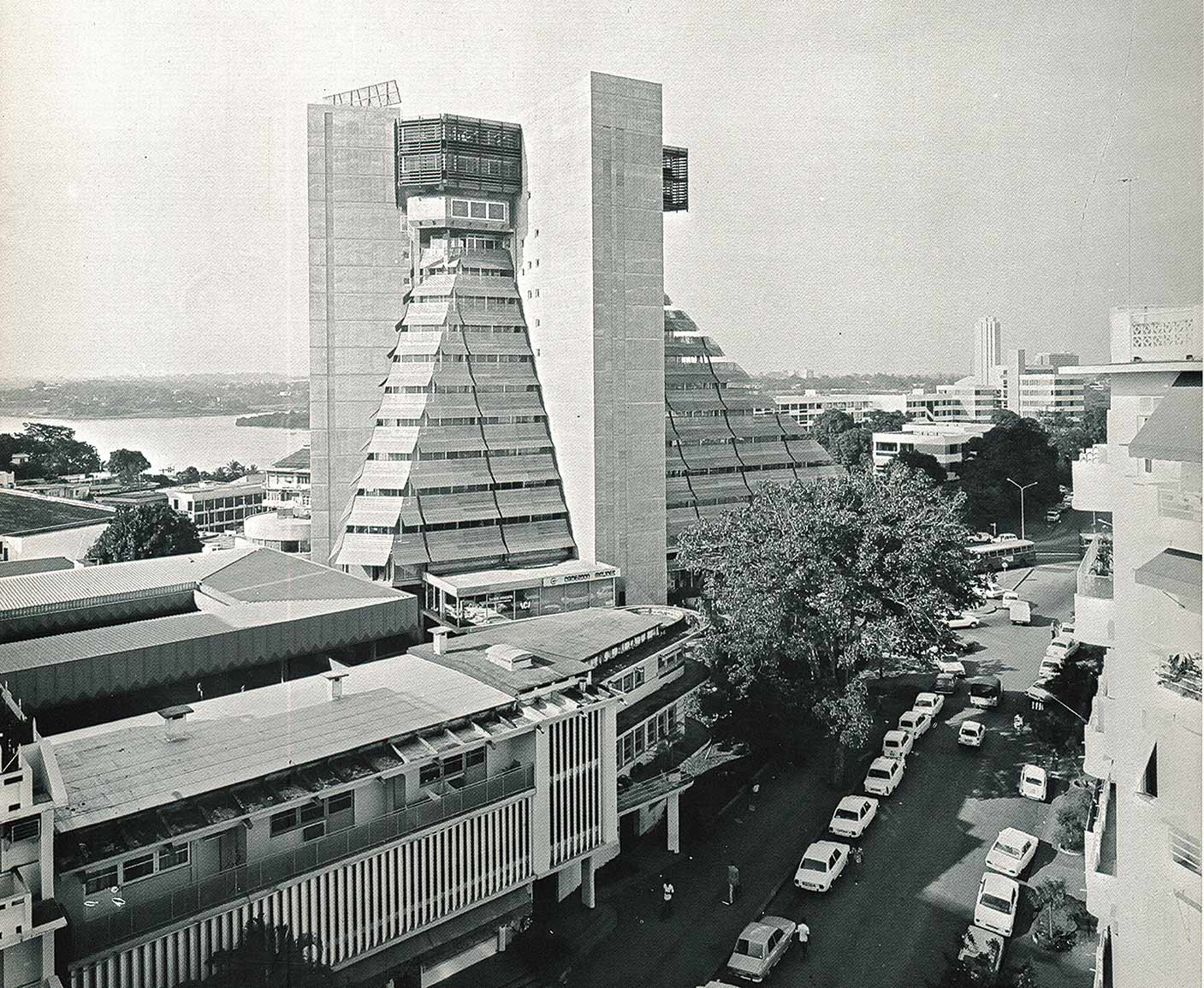
This high rise named La Pyramid in Abidjan, Ivory Coast has now gone into disrepair
INFORMATION
Finding Brutalism and SOS Brutalism: A Global Survey are published by Park Books and Redefining Brutalism is published by RIBA Books
Wallpaper* Newsletter
Receive our daily digest of inspiration, escapism and design stories from around the world direct to your inbox.
Jonathan Bell has written for Wallpaper* magazine since 1999, covering everything from architecture and transport design to books, tech and graphic design. He is now the magazine’s Transport and Technology Editor. Jonathan has written and edited 15 books, including Concept Car Design, 21st Century House, and The New Modern House. He is also the host of Wallpaper’s first podcast.
-
 Put these emerging artists on your radar
Put these emerging artists on your radarThis crop of six new talents is poised to shake up the art world. Get to know them now
By Tianna Williams
-
 Dining at Pyrá feels like a Mediterranean kiss on both cheeks
Dining at Pyrá feels like a Mediterranean kiss on both cheeksDesigned by House of Dré, this Lonsdale Road addition dishes up an enticing fusion of Greek and Spanish cooking
By Sofia de la Cruz
-
 Creased, crumpled: S/S 2025 menswear is about clothes that have ‘lived a life’
Creased, crumpled: S/S 2025 menswear is about clothes that have ‘lived a life’The S/S 2025 menswear collections see designers embrace the creased and the crumpled, conjuring a mood of laidback languor that ran through the season – captured here by photographer Steve Harnacke and stylist Nicola Neri for Wallpaper*
By Jack Moss
-
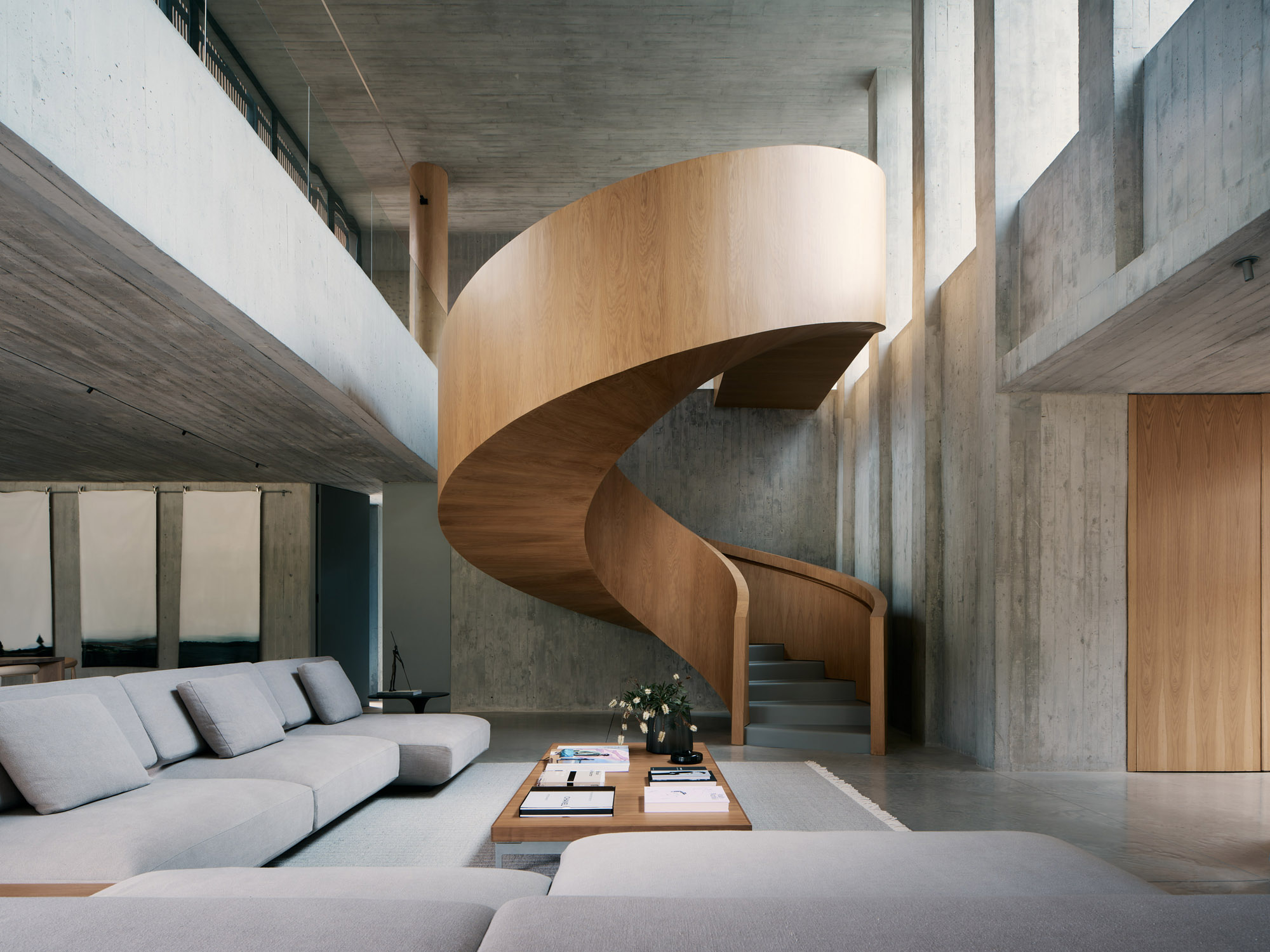 A Medellin house offers art, brutalism and drama
A Medellin house offers art, brutalism and dramaA monumentally brutalist, art-filled Medellin house by architecture studio 5 Sólidos on the Colombian city’s outskirts plays all the angles
By Rainbow Nelson
-
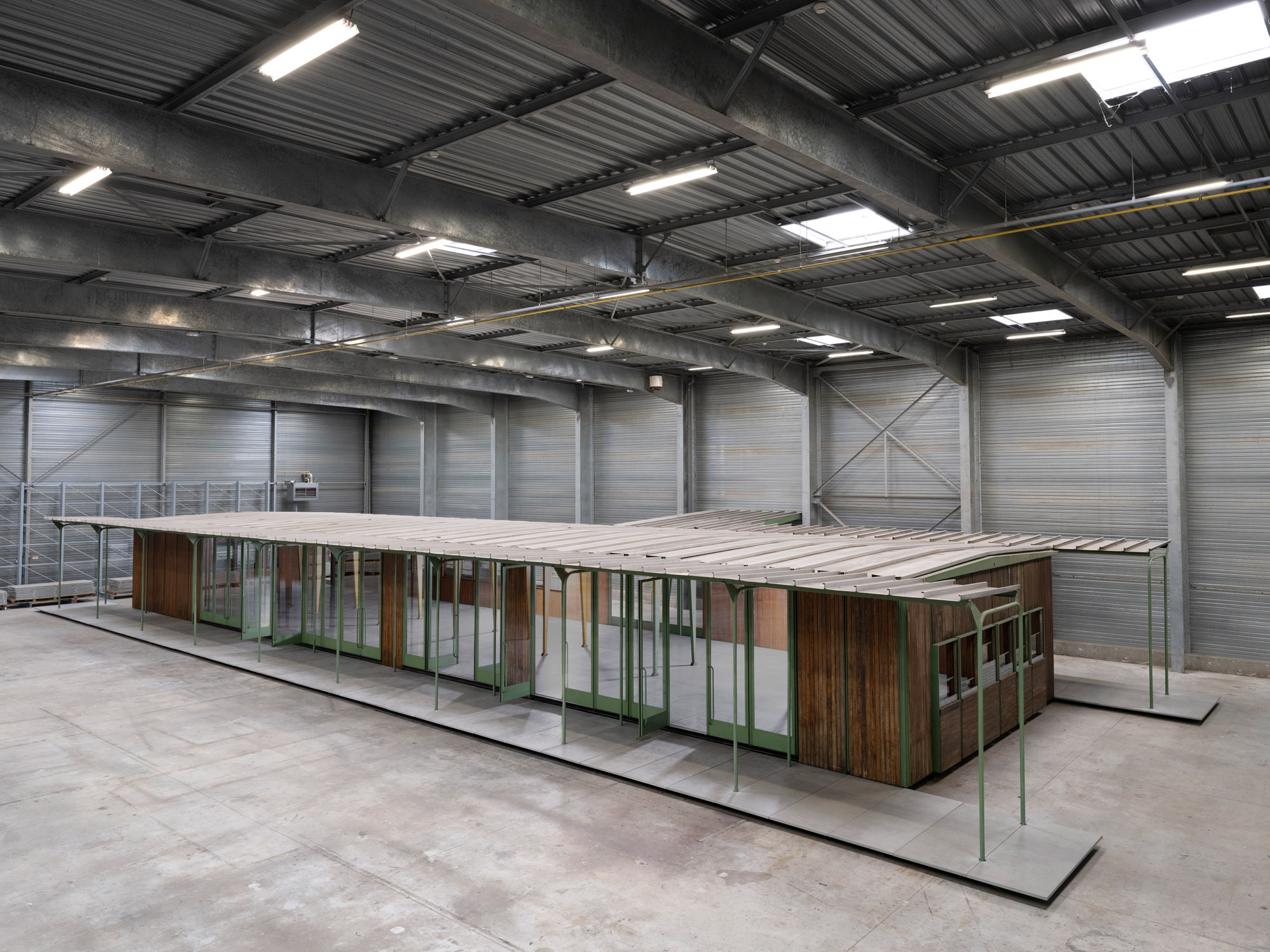 Croismare school, Jean Prouvé’s largest demountable structure, could be yours
Croismare school, Jean Prouvé’s largest demountable structure, could be yoursJean Prouvé’s 1948 Croismare school, the largest demountable structure ever built by the self-taught architect, is up for sale
By Amy Serafin
-
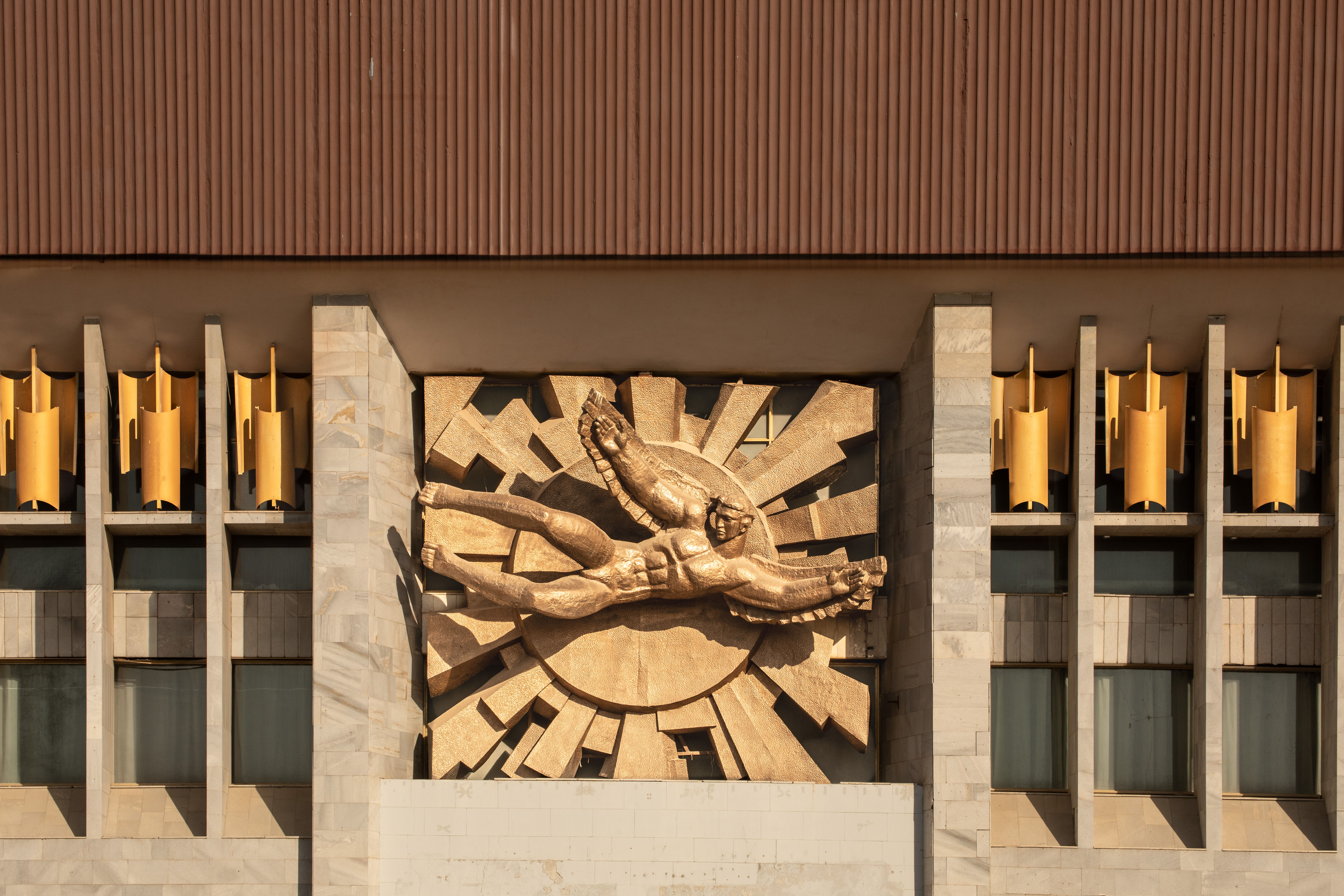 Jump on our tour of modernist architecture in Tashkent, Uzbekistan
Jump on our tour of modernist architecture in Tashkent, UzbekistanThe legacy of modernist architecture in Uzbekistan and its capital, Tashkent, is explored through research, a new publication, and the country's upcoming pavilion at the Venice Architecture Biennale 2025; here, we take a tour of its riches
By Will Jennings
-
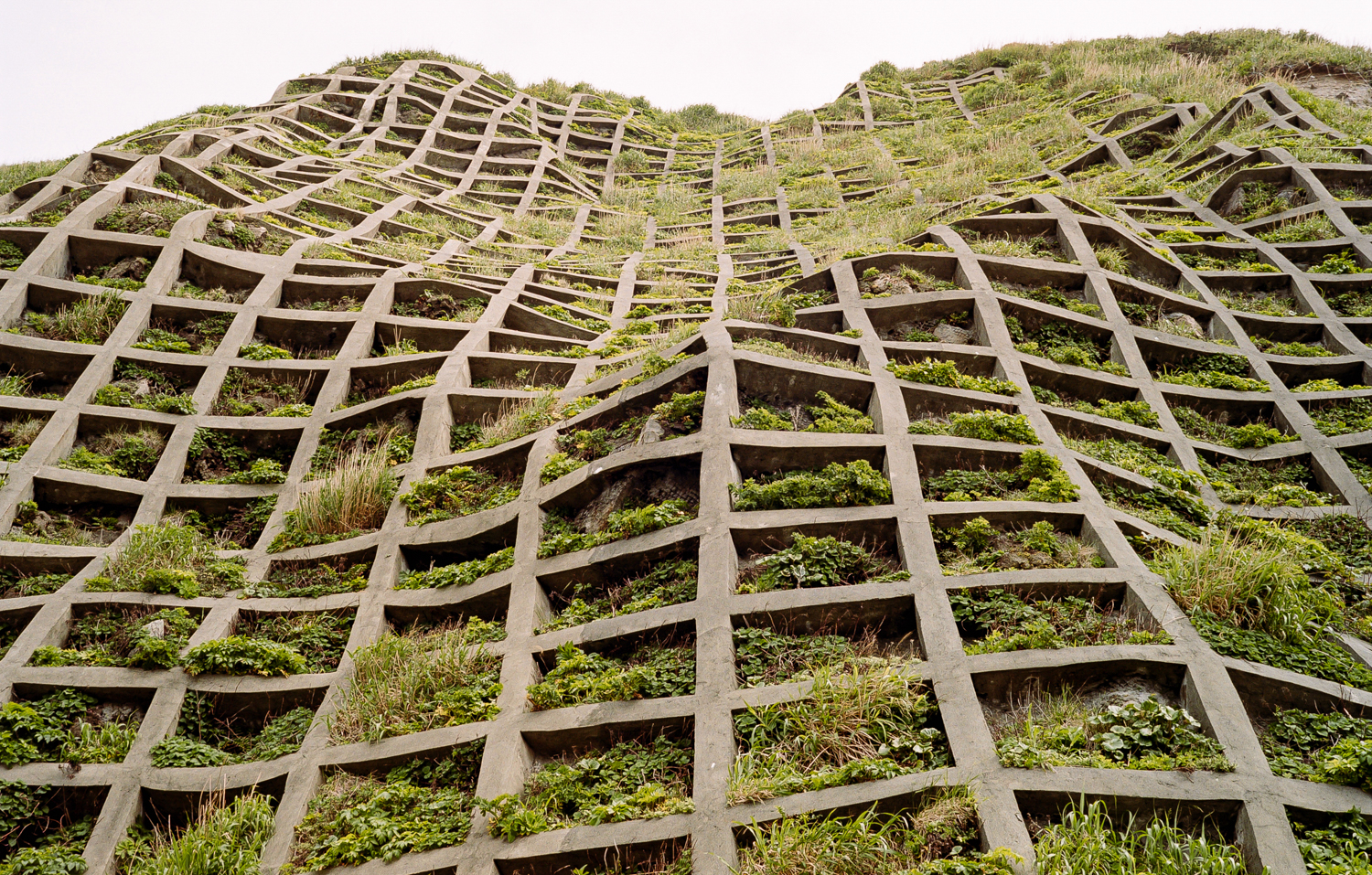 The best brutalism books to add to your library in 2025
The best brutalism books to add to your library in 2025Can’t get enough Kahn? Stan for the Smithsons? These are the tomes for you
By Tianna Williams
-
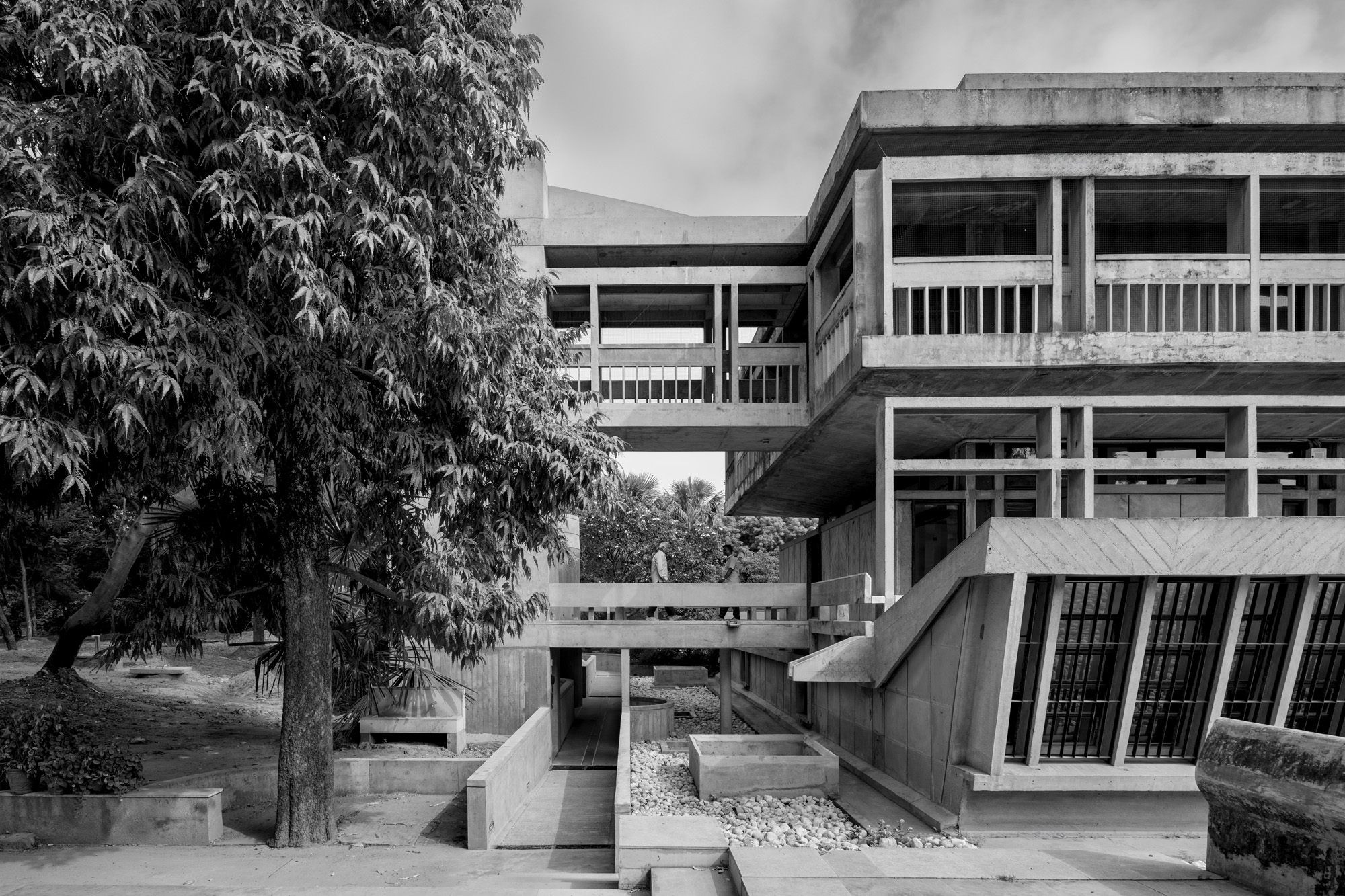 At the Institute of Indology, a humble new addition makes all the difference
At the Institute of Indology, a humble new addition makes all the differenceContinuing the late Balkrishna V Doshi’s legacy, Sangath studio design a new take on the toilet in Gujarat
By Ellie Stathaki
-
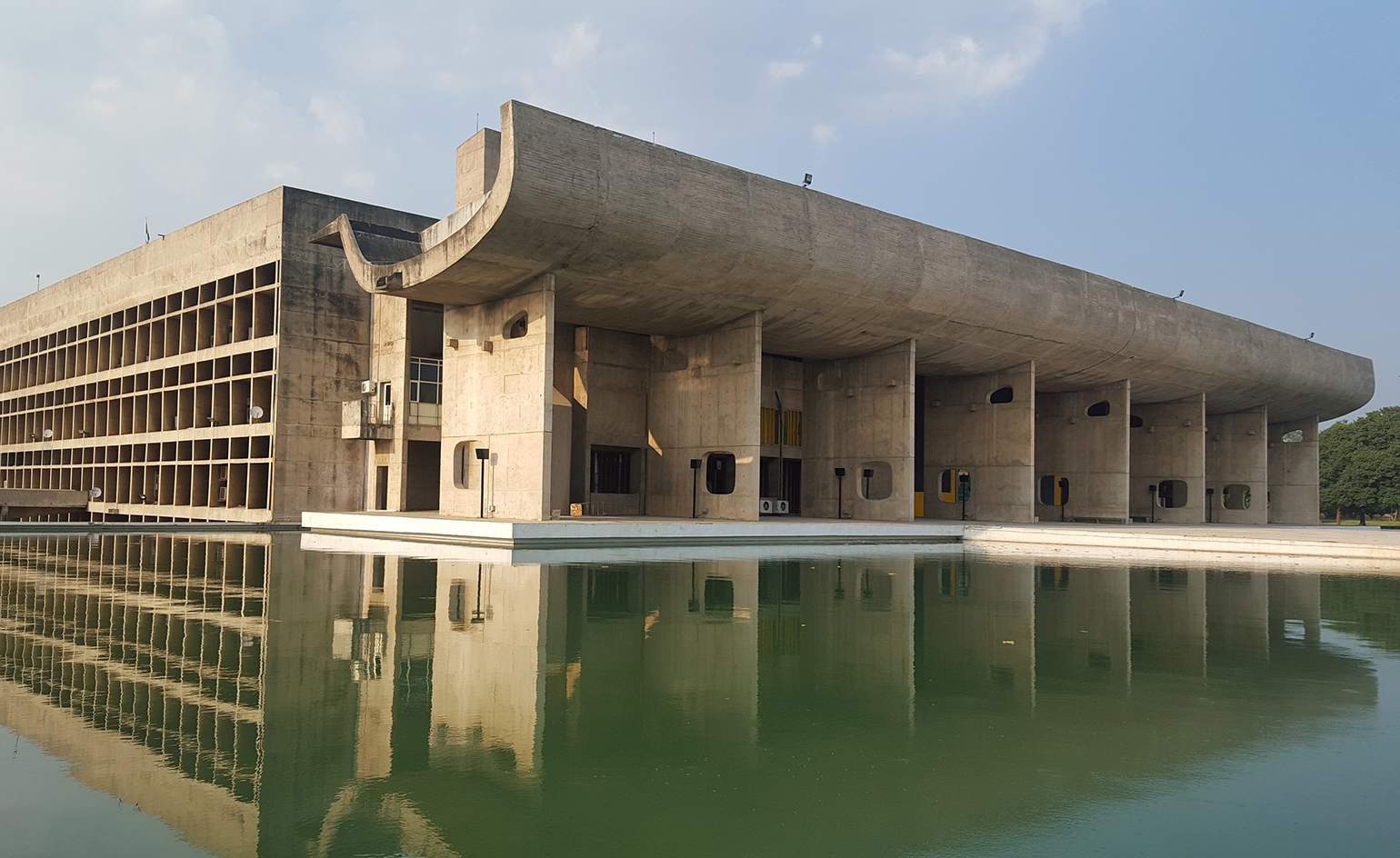 How Le Corbusier defined modernism
How Le Corbusier defined modernismLe Corbusier was not only one of 20th-century architecture's leading figures but also a defining father of modernism, as well as a polarising figure; here, we explore the life and work of an architect who was influential far beyond his field and time
By Ellie Stathaki
-
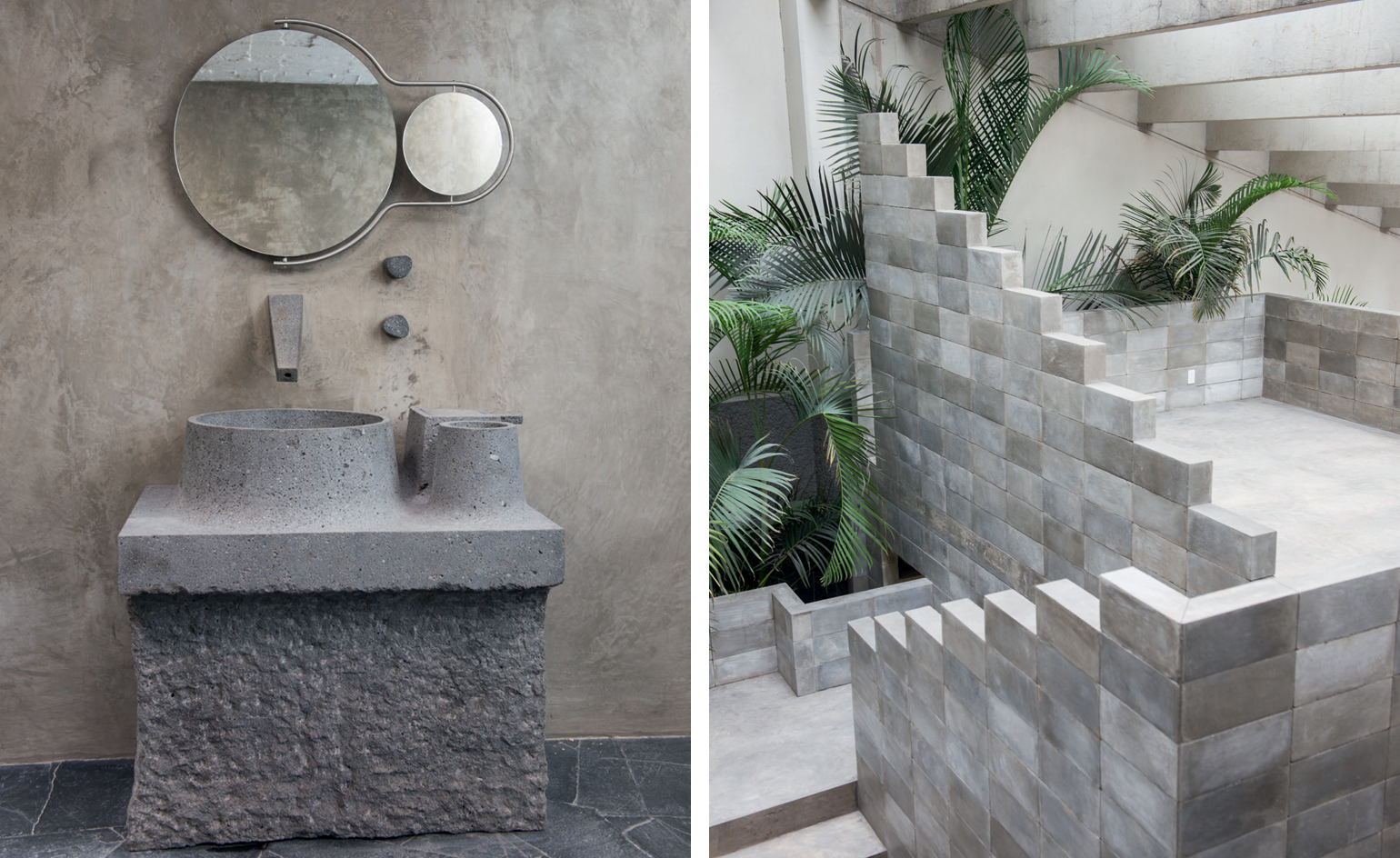 Brutalist bathrooms that bare all
Brutalist bathrooms that bare allBrutalist bathrooms: from cooling concrete flooring to volcanic stone basins, dip into the stripped-back aesthetic with these inspiring examples from around the world
By Tianna Williams
-
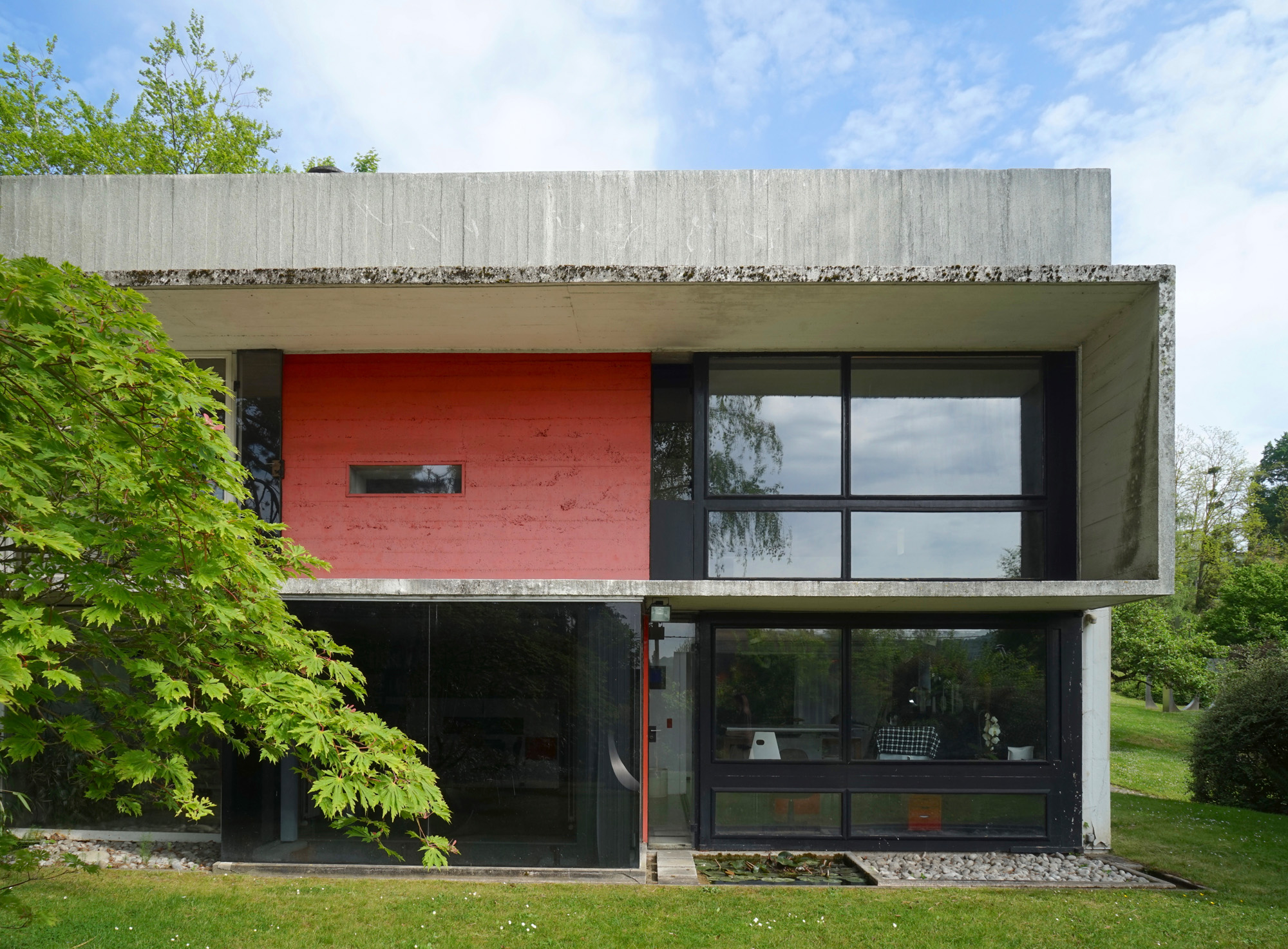 How to protect our modernist legacy
How to protect our modernist legacyWe explore the legacy of modernism as a series of midcentury gems thrive, keeping the vision alive and adapting to the future
By Ellie Stathaki